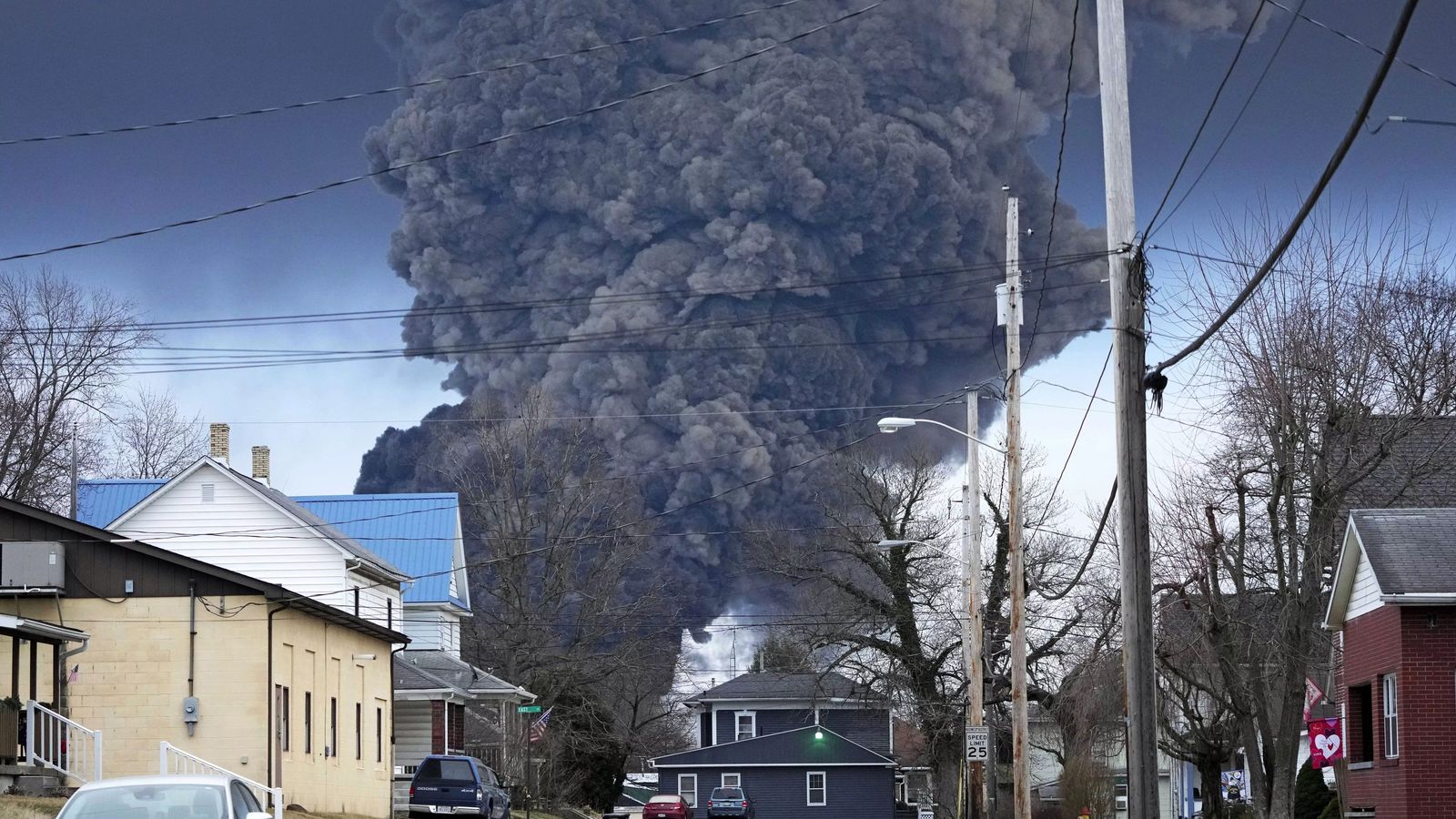“I’m going to cut your
throat,” said the man wielding a knife and targeting a SEAT bus driver in New
London who’d stepped off her vehicle for a quick break. The female driver jumped back on the bus,
closed the doors and called the cops who minutes later arrested the would-be
attacker.
This incident
in late December is just one of many in Connecticut, New
York City and nationwide in what is an increasing incidence of violence aimed
at our mass transit workers. On Metro-North alone they were targets of 16
assaults and 14 harassments last year.
Since
2019, the overall rate of violent crimes — murder, rape, felony assault and
robbery — has more than doubled in the NYC subways even as ridership has decreased. And increasingly it’s not
just passengers but the people who run our trains, subways and buses who are
the targets.
In NYC anyone convicted of assaulting a transit worker faces up to seven years in jail… assuming the perp is caught and the DA prosecutes. In Connecticut such attacks are a Class C Felony, the same as assaulting a police officer.
Not every attack or threat is
potentially lethal. Sometimes transit
workers have had coffee tossed at the them or they’re spat at. Whatever anger commuters may have about
delays should not be taken out on the front-line workers who are doing their
best under difficult circumstances.
According to police many of
these attacks in Connecticut seem to be perpetrated by homeless passengers
riding the bus system all day taking advantage of the free fare program which
expires at the end of March. Lacking
sufficient shelters and day-facilities it seems they prefer our buses to
camping out in other public places.
Many of them are suffering
from mental health issues. They need our
governments’ help, not a change of venue.
Keeping them out of sight and off our streets by having them ride our
buses is not the answer.
Their presence on our buses
and subways frightens other passengers, further discouraging badly needed
ridership. And transit workers who must
cope with them are not social workers, so it’s not fair to ask them to
intercede. The fear of confrontations
with angry or unstable passengers is one of the reasons MTA did so little to
enforce the federal face-mask rules during the pandemic.
The free fare program on Connecticut
buses has been immensely helpful to poor people struggling to save money. They deserve those breaks… but not when the
unintended consequences of such a pilot program leads to violence.
Mass transit is replete with
security cameras and, in the case of vulnerable bus drivers, safety shields
around their driving work area. So the
people making these attacks are usually caught but only after the damage,
physical and psychological, has been inflicted.
The answer is not to put armed
guards on every bus and train. That’s
impractical. But whether attackers are
mentally unstable or just drunk, whether their targets are transit workers or
random passengers, something must be done to keep such people off of mass
transit.








